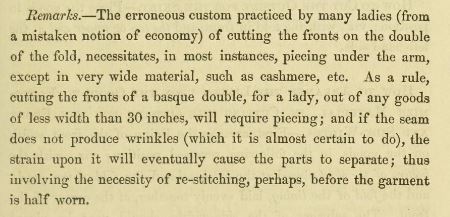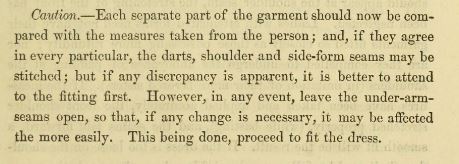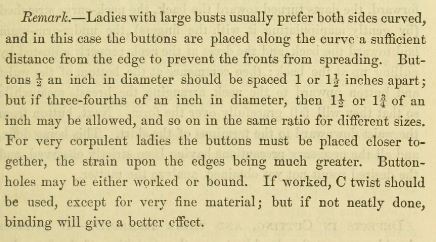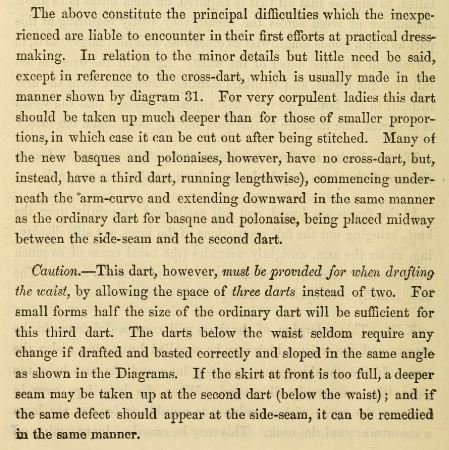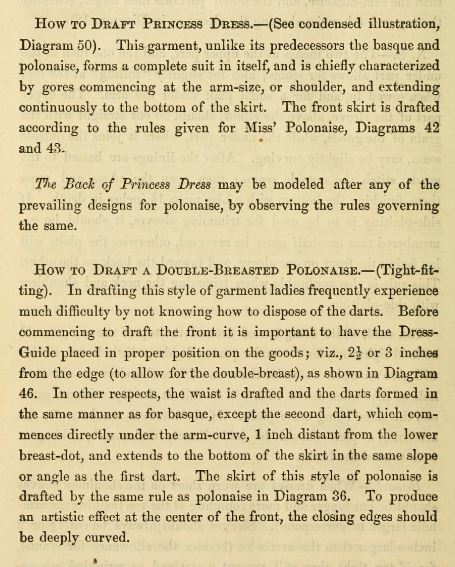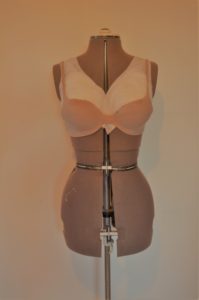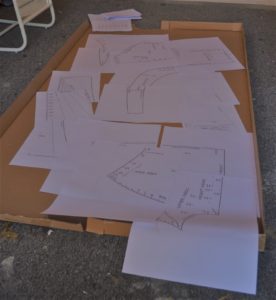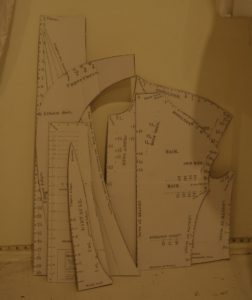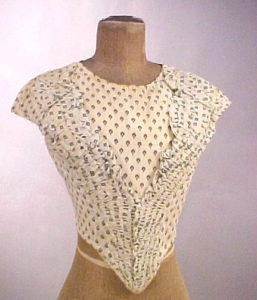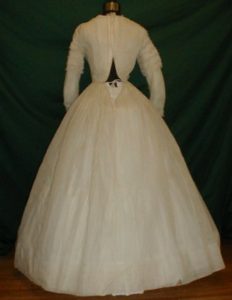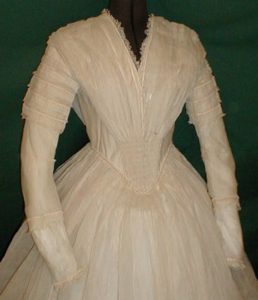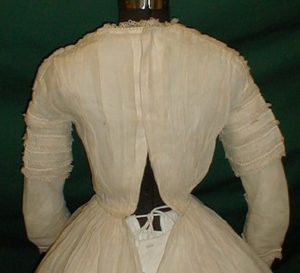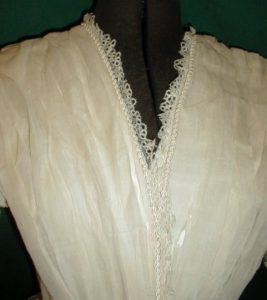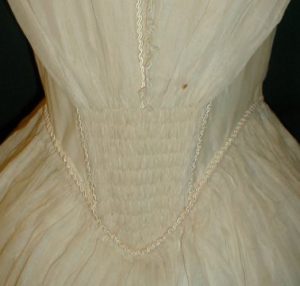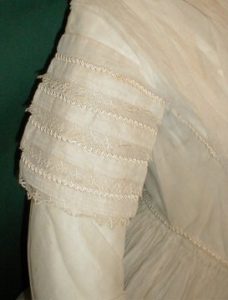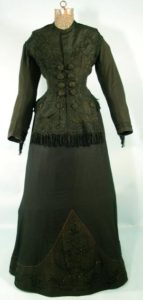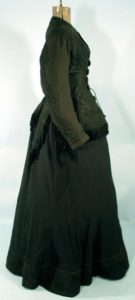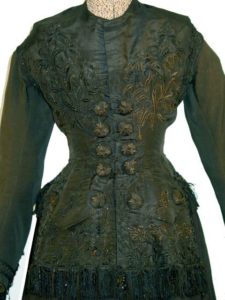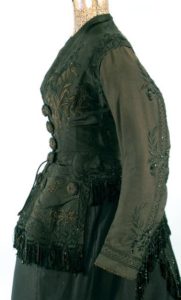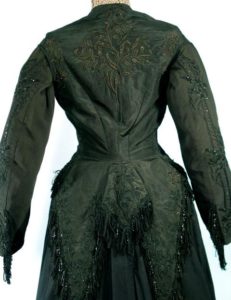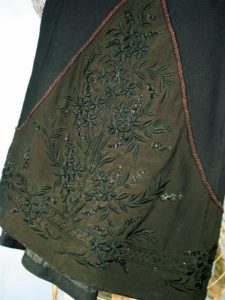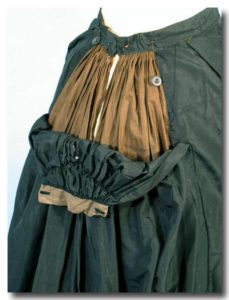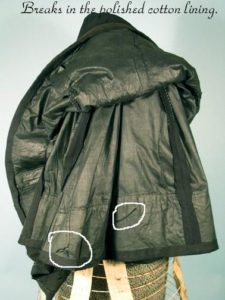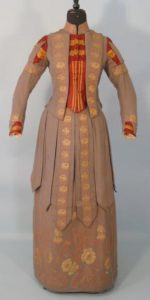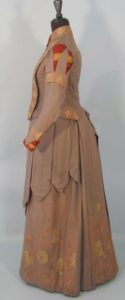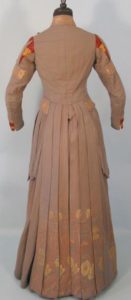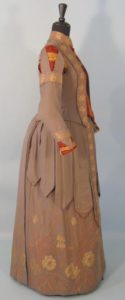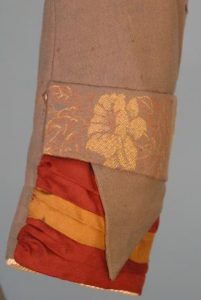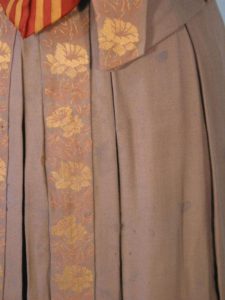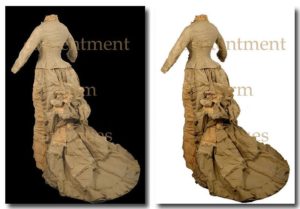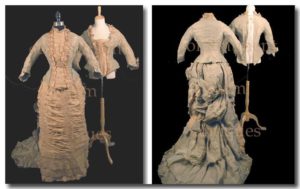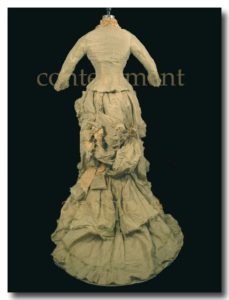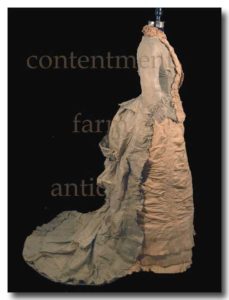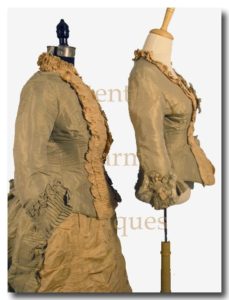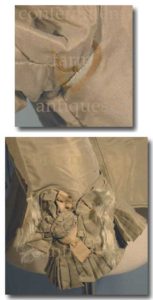I am not completely convinced the size is correct but I have isolated each tool from:
The science and geometry of dress
by Jackson, Louisa L., Mrs. [from old catalog]
Published 1876
I only know the dart and the skirt tools are correct for printing- as pdfs. The waist and curve… not so sure. I need to really go through the full text to make a bodice pattern to check the placement. Anyway. If you have photoshop you can rescale the files anyway. If you have a pdf viewer choose “poster” as print type and it will automatically print to size.

The dart is true, I have seen these only in printed form inside books so had no idea just how big they are. I think in terms of centimeters. The curve feels far too big, I scaled to match the 1,2,3,4 as inches. (since trying, these are indeed quite large.)
(I have switched out these files to be more accurate! These are mini tools meant for teaching, so only the “standard” marks are true, I will be marking additional sizes as the scale proper becomes more accurate)
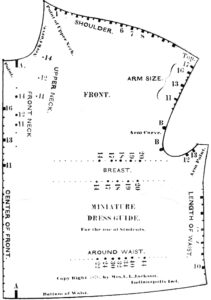
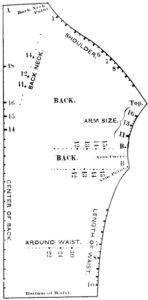


These were very hard to figure out. I scaled using the waist length as true to size so is scaled so the distance between each “inch” is one inch.

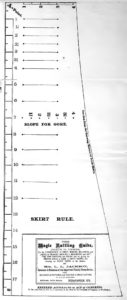
These two were much easier. What I love about the first skirt tool is it does show some care in deciding on the angle of the side of the skirt gores! The rest of the skirt is basically as per “Nora” (as seen in Patterns of Fashion) but this is about the angle from waist to hip, aso that is very cool 🙂
I also spent the noight padding a form to my most ideal “Victorian” shape. So I can make corset and bodice patterns that give a very good exagerated ideal form. Not easy when I have a shape that simply has not been fashionable. Okay. c1480 and say 1550-1610 in Cleves and Spain. But that’s kind of it.But that’s for another post. I need sleep!
